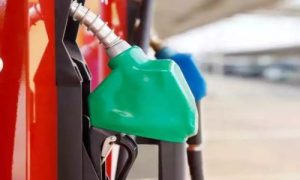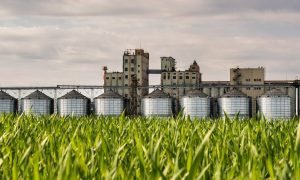From the Editor’s desk: If government moves forward with 5% ethanol blending in diesel plan, it could be a praiseworthy move

The Indian government is considering introducing a 5% ethanol blend in diesel (ED-5) to complement its 20% ethanol blending target in petrol. This initiative aims to enhance environmental sustainability, reduce crude oil imports, and support the domestic ethanol industry. Preliminary trials by the Automotive Research Association of India (ARAI) showed promising results for ethanol-blended diesel, though further testing on BS-VI vehicles is needed. The government is also evaluating the feasibility of increasing ethanol prices and lifting feedstock restrictions to meet the 20% ethanol blending goal by 2025.
As the Indian government approaches its target of achieving 20% ethanol blending in petrol, it is now contemplating an equally significant step: blending up to 5% ethanol in diesel (ED-5). While this move has yet to receive official confirmation from government, the potential benefits of such initiative are important. If pursued, this could enhance environmental sustainability, reduce crude oil imports, and support the domestic ethanol industry.
Recent media reports suggest that the government is evaluating the feasibility of ED-5 blending as part of its ongoing efforts to increase farmers income and improves the fuel’s environmental performance.
The Automotive Research Association of India (ARAI) conducted trials on BS-III and BS-VI buses from 2018 to 2019 to evaluate the performance, emissions, and durability of ethanol-blended diesel. The 500-hour test showed no significant failures. These results may have likely gave government confidence in advancing the ED-5 plans. However, additional trials on BS-VI vehicles are still pending. A public sector oil company is anticipated to soon conduct a trial of the fuel on a heavy-duty vehicle.
The government’s push towards blending 20% ethanol in petrol by 2025 has already seen good progress. In July, ethanol blending in petrol reached 15.8%, with cumulative blending from November 2023 to July 2024 hitting 13.3%. Government is confident of achieving the 15% target for the current ethanol supply year. Nevertheless, to meet the 20% blending goal, it is imperative to address certain challenges.
To facilitate the production of sufficient ethanol, lifting restrictions on feedstock use is crucial. Expanding feedstock options would enable producers to scale up production and meet growing demand. Additionally, adjusting the price of ethanol could provide further boost to production. The government is reportedly considering a proposal to raise ethanol prices for the upcoming season to meet the 20% blending target by 2025-26.
If the government proceed with the ED-5 initiative, it will prove to be good opportunity for industry as the green fuel requirement will increase.
The Indian government’s track record demonstrates a long-term vision and strategic execution. For instance, ethanol blending has surged from 1.4% in 2014 to 15% today, with the 20% target now advanced to 2025-26 from the original 2030 deadline. If a 5% ethanol blend in diesel is indeed on the horizon, it is likely that the government has already devised comprehensive strategies to ensure its successful implementation, mirroring the approach taken with ethanol blending in petrol.

















